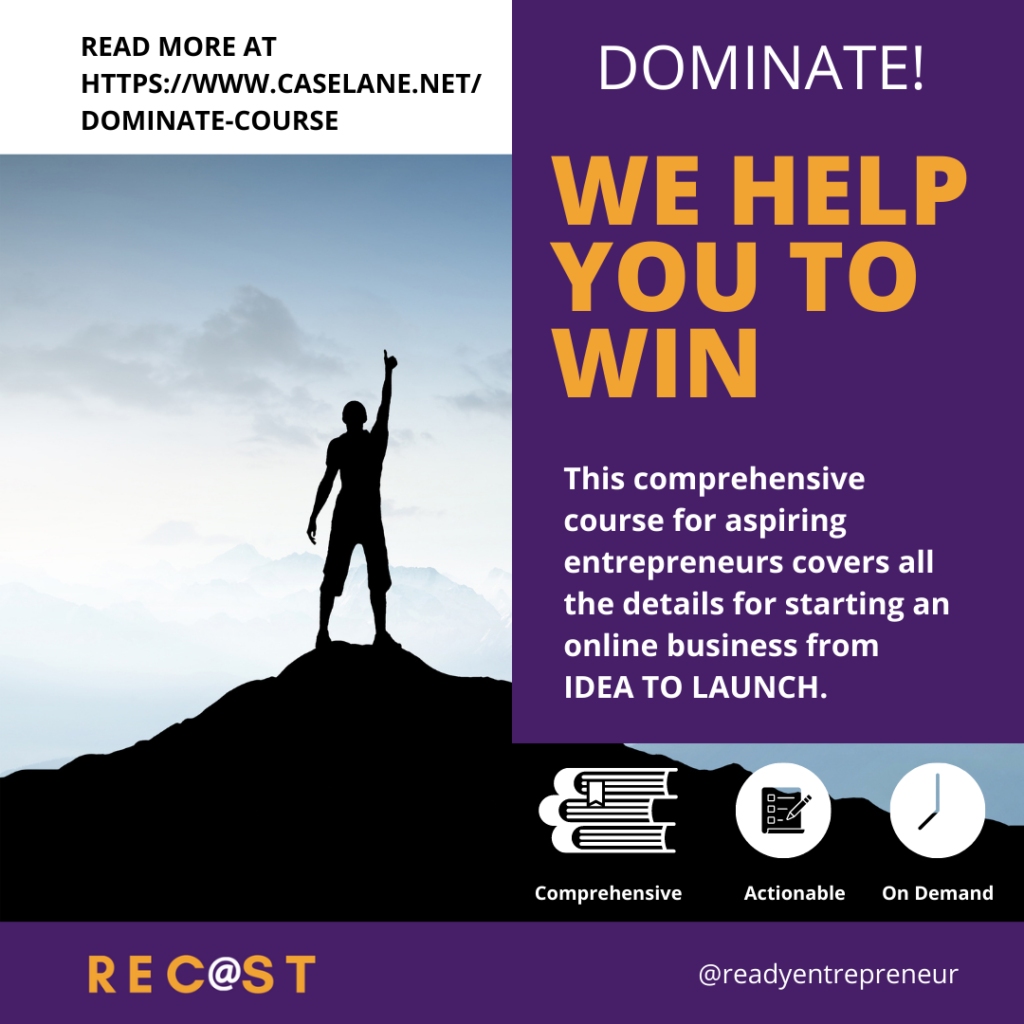Developing World Markets and Your Business Strategy
If you are old enough to remember the songs ‘Feed the World’ or ‘Do they know it’s Christmas?’ your image of the country of Ethiopia may be of a long line of starving people holding a bowl as they wait for a spoon of food.If you were paying attention to the news headlines the week of October 22, 2018, you know the country just appointed its first female president, in a country where women hold half the seats in the cabinet.
If you are young enough to have never heard of Ethiopia except during the Summer Olympics, you may need an update. Because Ethiopia today is indicative of the changing global landscape all entrepreneurs should understand and embrace.
Ethiopia is a country in north east Africa, with a land-mass covering most of the Horn of Africa. Wars and disputes made the second most populous country in Africa land-locked, but they are not without water. The ancient civilization is built around the start of the Blue Nile river. Today there are over 100 million people, who live, not in a desperate dusty desert, but in one of the fastest growing economies in the world.
When global charity was galvanized by Irish rocker Bob Geldof to help save the people of Ethiopia from starvation in 1984, the country had fewer than half as many people as it has now. But today, three decades later, agriculture is one industry’s leading the economy’s turnaround. This remarkable achievement should galvanize those who seek to provide aid to the suffering in hope of a better future; and humble those who said failed states should be left to die.
Ethiopia today is being heralded as a country that has made an effort to build infrastructure, stabilize the economy and promote growth. The African nation is one of the many development growth stories that are unknown to the typical North American media consumer, and therefore ignored by the typical rising entrepreneur.
Of course there are still problems. Ethiopia is both one of the fastest growing economies in the world, and one of the most impoverished.
But understanding the transformation in Ethiopia and other developing countries is critical for positioning your business in the expanding global marketplace. Remaining aware of the countries that may provide open markets gives you an opportunity to participate in the growth.
Because if you miss the story of a developing Ethiopia, you miss the opportunity of the broader global marketplace. Every entrepreneur can reach out to the entire world through businesses that solve global problems. In Ethiopia, as in many other countries in the developing world, actual development – the building of infrastructure, creation of jobs, running of schools and hospitals – is taking place at an unprecedented rate. The effects – new highways, skyscrapers, housing, healthier citizens – are visible and reflect a renewed hope in global progress.
Of course there is no denying many countries still face the challenge of poverty, malnutrition, disease, internal instability and civil unrest, but these issues also place a threat to the developed world. The emphasis in the rising economy countries is on moving forward, and working to change the history to reflect a more promising future for its citizens.
For rising global entrepreneurs, it is important to look at Ethiopia and other countries from the perspective of their emerging middle class. For countries moving towards what the World Bank calls ‘middle income’ status, the government targets continued investment and access to credit as the key economic policies to encourage. Once a reliable infrastructure – electricity, water, sanitation, road, communication – has been built out, investors feel more comfortable pouring money into factories, office buildings and resource mines.
For entrepreneurs with smaller businesses, especially those operating online, there is no need to wait for these large scale physical pieces of the structural pie to be constructed. An alert entrepreneur who is looking for opportunity can use Internet resources to find out what people are looking for online.
A quick glance at Twitter #ethiopia #ethiopian includes references to investment like a call for policies for startups to raise capital; as well as notes about products like – hair, food, Ethiopian airlines, jewelry, coffee, music. My disclaimer: this post is focused on business and entrepreneurial issues but I will note the overwhelming number of tweets are about politics, migrants and refugees, and government action against different ethnic groups.
These difficult development issues do dominate the headlines. But if you looked at the opportunities in the United States from the perspective of the twitter feeds, your focus would be on election inquiries, voter suppression, corruption, civil rights protests and opioids. In other words, there is more to the business economy than the news cycle is prepared to discuss.
Many people would not be prepared to do business in Ethiopia because of the country’s history and potential instability. But for rising entrepreneurs who want to stay alert and interested in the global marketplace, consider the needs of the developing world middle class in your plans.
- Acknowledge there is a developing world middle class to whom you could be engaged in business.
- Incorporate broader consumer wants and needs in your business planning. What did you need as someone functioning with a good job, growing family and maybe a new residence to keep up? What are the types of services currently not available to people in rising economies? Pay particular attention to information and entertainment products. These types of products travel well, have universal appeal and can be translated for different markets. If you teach value skills, you may find you have a market in the countries where education is coveted.
- Decide how you will approach new markets. This will not be easy. But when you begin marketing and promoting, for example when you look at blogger sites, see if there are more international sites you can appeal to. Also the global media has sites for news, which can be approached to determine opportunities for promotion, and to provide leads to other influencers in that market. If you want to actively target a particular country – try finding their most popular media sites first.
- Stay connected to your new global market. It would be a shame to take the time to build and cultivate a particular market only to abandon it later because of the extra legwork required to establish a connection in the first place. New markets are here to stay and should have a permanent place in your business plan. Of course keep following blogs at Ready Entrepreneur where we always incorporate global marketplace ideas into our discussion.
One other note, as the developing world becomes developed, there will be no shortage of new businesses arising on streets and online that will be able to market goods and services to the locals. Stay focused on your niche, the particular product area, which could be valuable to any consumer anywhere in the world.
Authenticity is important in business, and trying to imitate locals in their own market rarely works. Instead play to your differences. Locals are often curious about foreigners and foreign products. Use your uniqueness to your advantage.
The growth of Ethiopia’s middle class is an example of how the developing world is moving rapidly towards development. These busy and exciting markets provide plenty of opportunities for business especially rising entrepreneurs who are interested in operating wherever you see a problem that needs to be solved.
Interested in keeping up with the Ready Entrepreneur world? Sign-up below to join the mailing list and receive tips, strategies and information to help you find the confidence, time and money to start your own business.
Four Steps to Finding your Business Idea
The idea of owning your own business conjures up an image of personal independence, professional freedom, and financial security. Many people want to get there, but struggle with uncovering the world beating idea that will take them to their dreams. If you know you want to start a business, but have no idea how to find an idea, read on.
Want a FREE PDF copy of this blog post?
Enter your email address to receive a free PDF copy of this blog post and all of our latest updates, news and great content from Ready Entrepreneur
First, clear time for yourself to do these steps. Start with a half-hour to an hour, you can repeat these steps as often as necessary.

- Start with a Personal Brainstorm
What are your strengths?
What do you do?
What do you like to do?
What have you overcome?
You are trying to identify activities you enjoy or have experience in or are good at, to see whether you can transform one into a viable business. Being paid to do something you are already doing is a wonderful opportunity for a business owner.
Put the above questions in your mind, on your phone or on a piece of paper you carry around with you, and think about your answers. You want to identify every aspect of your life where you may have something to contribute. Be totally open and all inclusive about what you have to offer. You could be surprised by how much you know, and the abilities you are capable of sharing with others.
Write everything down. Even if you believe the activity is small or insignificant. Write it down anyway and go on to the next step.
- Identify issues or problems that come up in everyday life? Use the answers from #1 as a guide.
What do you want to solve for yourself?
What do other people ask you to solve?
Given the full range of activities you do each day, where are the pain points? Think about the frustrations you face in your day, and the questions others ask you to answer. Again, include all the scenarios you can think of. Imagine your whole day and try to pinpoint when a colleague at work, or a friend or a child asked you to solve a particular problem.
At this point, technology, legal processes or other “structural” complications are not an issue. A good idea forces the existing structure to adapt to consumer demand and a changing marketplace. Focus on the issues and your opportunity to implement fixes.
What bothers you every day? I used to hate getting up from my desk and going to search for lunch. The service I would pay for: delivery from the nearest Food Court.
- Given the above, consider which products or services would make your life better.
Let you imagination go with this step. You are looking for the solutions to the problems/issues you have identified. Do not worry about products or services that already exist in the marketplace. Ask:
Is there a better way to a desired outcome?
Is there a less expensive or more efficient way?
Can you adapt something that exists somewhere else?
Also there is no need to worry about technology or other infrastructure issues here. If your idea requires a technology solution – yes flying cars, when will we get them – you can always work around the engineering until the technology catches up.
- Select two or three product or service ideas that align with the education, experience, knowledge or hobbies you identified in your personal brainstorm
Your business is in this package of ideas. Focus on the solutions, which are also activities you like to do – that’s your sweet spot.
Ideas can be adapted, molded or changed to suit all other circumstances. You will be able to make the idea work for you, as so many have in the past.
Here are some examples following the four steps above which led to existing companies, which may sound familiar to you:
Example #1
I work in a coffee shop, love to travel and linger over my coffee. The cost of traveling to have a good cup of coffee in a foreign country is expensive. What if there was a local coffee shop that pretended to be in a foreign country (use foreign sounding words), and allowed people to sit and enjoy their beverage without pressure?
Example #2
I always send my relatives gifts for their birthday. The gifts never arrive on the actual birthday, instead sometimes earlier, later or not all. What if there was a service guaranteeing delivery of my package on a certain date?
Example #3
I am an elementary school teacher with three kids. Every time I walk into a bookstore I cannot find the types of books I need for the diverse children I see every day. What if there was a way to see a variety of books published all over the world?
Get the picture? Did you guess the global companies that were invented from the need to solve a problem or approach a product or service differently than is being done today? How many “gaps” do you believe need to be filled in your daily life? Are you going to wait for someone else to make the change, or are you going to seize the opportunity for yourself?
ARE YOU FOLLOWING THE RECAST PATH?
CLICK TO GO TO THE GETTING STARTED FACTOR YOU WANT TO UNDERSTAND NEXT:





